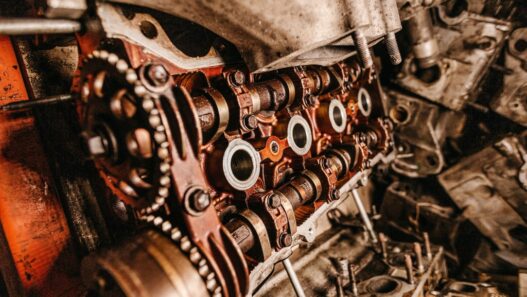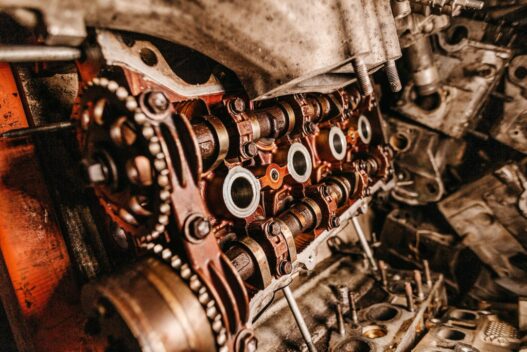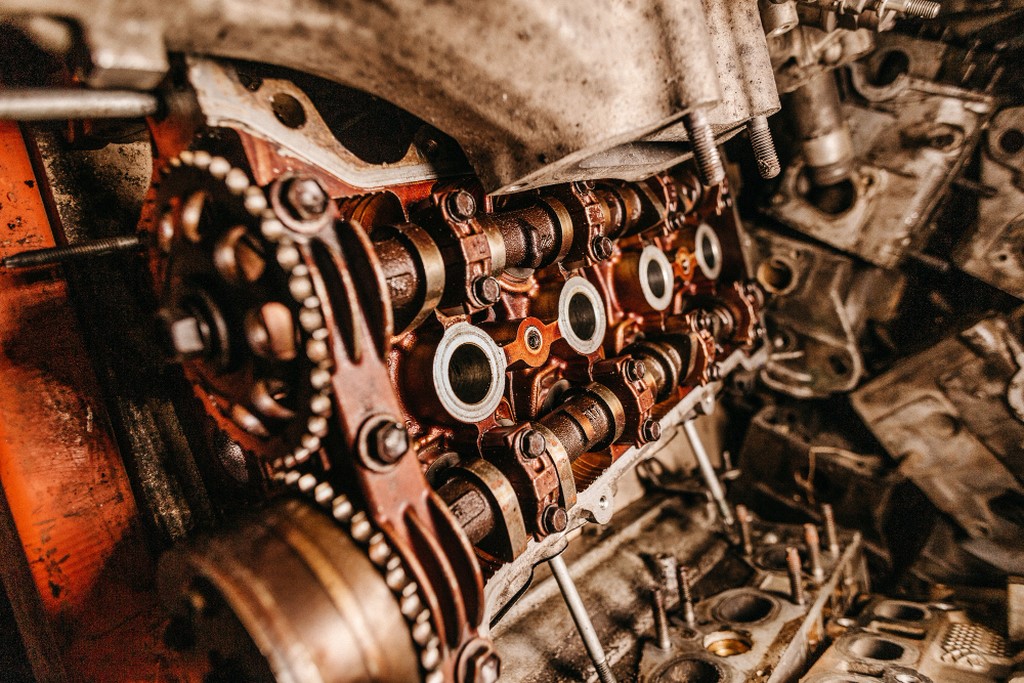Few things strike fear into the heart of a driver like the phrase “seized engine.” It’s a mechanical nightmare that often leads to complete engine replacement — and a hefty repair bill. But what exactly does it mean when an engine is “seized,” what are the warning signs, and most importantly, how can you avoid it?
What Does a Seized Engine Mean?
A seized engine occurs when its internal components — pistons, crankshaft, bearings — can no longer move freely. This typically happens due to extreme friction or heat, usually from oil starvation, overheating, or mechanical failure. When an engine seizes, it literally locks up and won’t turn over, even with a functioning battery and starter.
Common Causes of Engine Seizure
-
Lack of engine oil – low or no lubrication leads to metal-on-metal contact
-
Oil contamination – sludge, coolant leaks, or dirty oil can ruin lubrication
-
Overheating – excessive heat can warp components and cause seizure
-
Broken timing belt or chain – may lead to piston-valve collision in interference engines
-
Long-term disuse – engines left sitting for years can seize due to corrosion
Symptoms of a Seizing or Seized Engine
While a full seizure often happens suddenly, there are warning signs that your engine may be in danger:
-
Grinding, knocking, or metallic noises from under the hood
-
Engine stalling and not restarting
-
Thick smoke from the exhaust or engine bay
-
Overheating and warning lights
-
Strong burning smell
-
Complete loss of power
-
Starter clicks but engine won’t turn – often misdiagnosed as battery issue
If the engine stops mid-drive with a loud noise and won’t crank again, there’s a good chance it’s seized.
How to Confirm a Seized Engine
A mechanic will try to manually turn the crankshaft using a wrench on the crank pulley bolt. If it won’t budge, the engine is likely seized. Further inspection may involve removing spark plugs, checking oil levels, or inspecting internal damage with a borescope.
Can a Seized Engine Be Fixed?
Sometimes, minor seizures (from rust or sitting too long) can be freed with penetrating oil and manual work. But in most cases, especially when caused by oil starvation or overheating, internal parts are damaged beyond repair.
You’re often looking at:
-
Complete engine rebuild, or
-
Engine replacement, which can cost $2,000–$6,000+
How to Prevent a Seized Engine
The good news? Most engine seizures are preventable. Follow these tips to avoid catastrophic failure:
-
Check your oil regularly – top up if low, change it every 5,000–10,000 km
-
Fix oil leaks immediately
-
Watch your temperature gauge – never ignore overheating
-
Use quality oil and filters as recommended by the manufacturer
-
Don’t ignore engine noises or warning lights
-
Drive your car regularly – long storage periods can cause parts to seize
-
Replace timing belts or chains on schedule – a snapped belt can be fatal for the engine
Final Thoughts
A seized engine is one of the most severe and expensive failures a car can suffer. Fortunately, with basic maintenance and awareness of warning signs, it’s almost always avoidable. If you notice early symptoms like strange noises, overheating, or low oil, take action immediately.
In car care, prevention is not just better than cure — it might be the only way to save your engine.



















